Valery Jung Estabrook's hand-sewn exhibit at U-M's LSA Humanities Gallery re-creates an uncomfortable snapshot of a rural American interior

The LSA Humanities Gallery is known for exhibits that raise uncomfortable questions and featuring provocative artworks that cut to the heart of American culture. With its most recent exhibit, *Hometown Hero (Chink): An American Interior, viewers are invited to explore an installation designed by multidisciplinary artist and Paula and Edwin Sidman Fellow in the Arts recipient Valery Jung Estabrook.
Estabrook’s installation is comprised of a life-sized, hand-sewn re-creation of an American interior, which casually anchors iconography of America’s racist past and present against a backdrop of brown, dreary dimness. Jung bases the recreation on her experiences growing up in rural Southwestern Virginia, though the low-wattage lightbulbs and centrally-placed television are instantly recognizable to me as a person who grew up in the rural Midwest, suggesting that Estabrook’s experiences are not unique to the American South. *Hometown Hero (Chink): An American Interior casually and precisely captures rural American life, from the guns mounted on the wall to the La-Z-Boy-style chair upholstered with a Confederate flag. This familiarity is unsettling.
A Thread of Jewels: The 6X collective's "Mistaken for Strangers" fills the A2 Art Center's Gallery 117 with wearable art
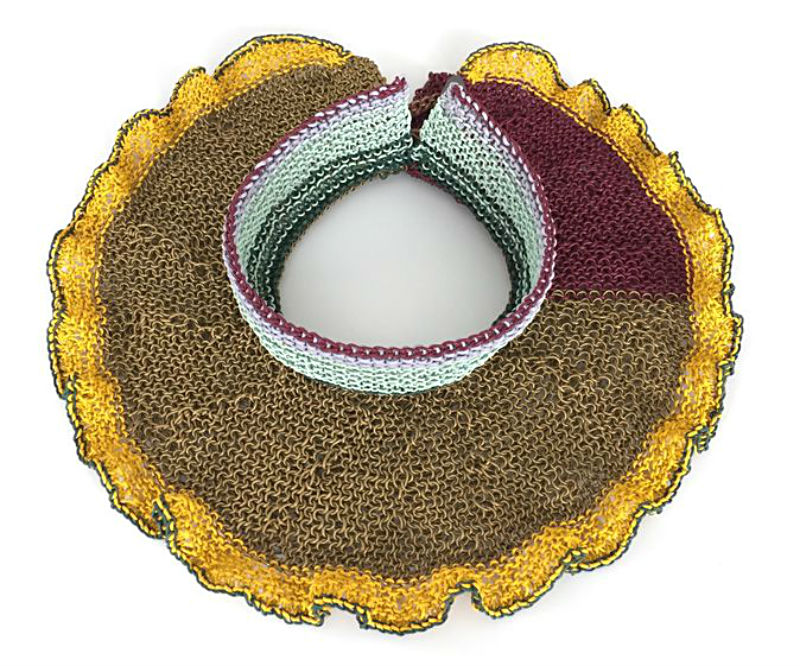
The contemporary jewelry-making collective 6X makes interconnected, wearable artworks. The six-member group of Midwesterners explained their approach as part of its February exhibition at the Ann Arbor Art Center: “Ties, which may not consciously be acknowledged at a simple glance, are visible upon further consideration of approaches to concept, material, and process.” Thus, the title of the A2AC exhibit, Mistaken for Strangers, in its Gallery 117 space references the connectedness of their creative processes, which may not be immediately recognized by viewers.
A2AC moved its Gallery 117 from the second to the first floor, allowing easier access for visitors who may have not been able to use the stairs previously. 6X has created a dynamic installation that emphasizes the collective’s desire to form relationships between their varied works. The group accomplishes its goal to visually connect seemingly disparate formal approaches, with two towers of open white boxes standing in the center floor space, each box containing a piece of jewelry, and additional pieces displayed on top of the boxes.
A quote by Nadeem Aslam prefaces the gallery wall text: “Pull a thread here and you’ll find it’s attached to the rest of the world.” The concept of the threads that connect us is enforced visually not only by exhibiting the artists’ disparate works together but also through a two-part installation of white thread. The loom-like threads are suspended between two walls in one corner of the gallery, and a two-panel installation hangs from the ceiling above a series of pedestals displaying the artworks.
Riverside Arts Center's exhibit "Embrace: The Black Experience" explores the spectrum
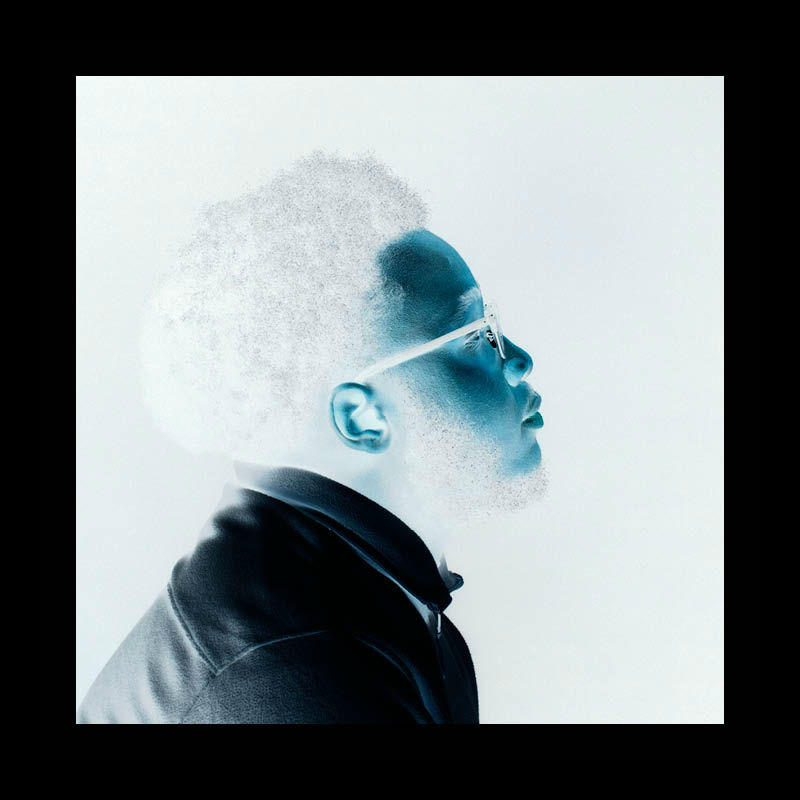
The artists in Riverside Arts Center's Embrace: The Black Experience grapple with what that multifaceted experience means. They respond with artwork just as varied, from metalworks to photographs and digitally rendered multimedia.
Avery Williamson’s three hanging wall scrolls are abstracted line paintings that employ shades and shapes of brown as the main component of their compositions. Williamson is a multidisciplinary artist who works with weaving, photography, painting, and drawing. She describes her work as an exploration of “the narratives of black women in personal and institutional archives,” where they are “defined by names, occupations or skin color.”
U-M Gifts of Art's winter edition offers meditative, inspirational works in a variety of mediums
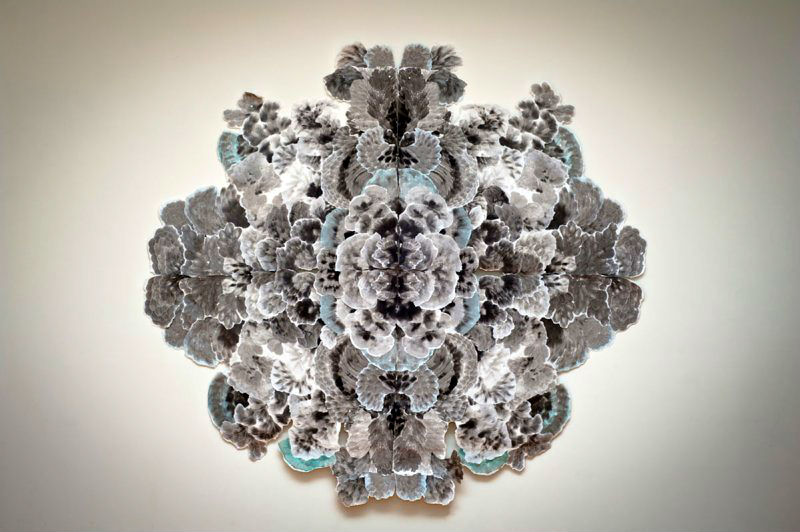
Every new season the University of Michigan Medicine’s Gifts of Art brings patients and visitors new exhibits of inspirational, meditative, and thought-provoking works by local and regional artists. For the winter edition, the eight gallery spaces provide uplifting and diverse works, executed in a wide range of media: straight photography, digitally altered photography, oil paintings, oil and chalk pastels, designer hats, multimedia sculptures, and paper sculpture.
Unity of Purpose: "Taking a Stand" at Stamps Gallery features a range of multimedia works under a common theme of inclusivity

Stamps Gallery's Taking a Stand offers audiences a glimpse at the works of five artists who engage with themes of solidarity and comment on social and cultural issues at the forefront of contemporary dialogues. They grapple with science fiction, environmentalism, social activism, and the history and continuing impact of colonialism.
Executed in a range of media, the works in the gallery offer an array of involved experience and levels of engagement. Many works employ digital media, such as in Oliver Husain’s 3D film gallery and micha cárdenas’ interactive video game, while others, such as the art by Syrus Marcus Ware, appropriate traditional materials such as clothesline and clothespins as installation materials to hang letters on paper in Activist Love Letters.
Riverside Arts Center's "Insecurity: Not Enough Again" exhibit explores personal and social uncertainties
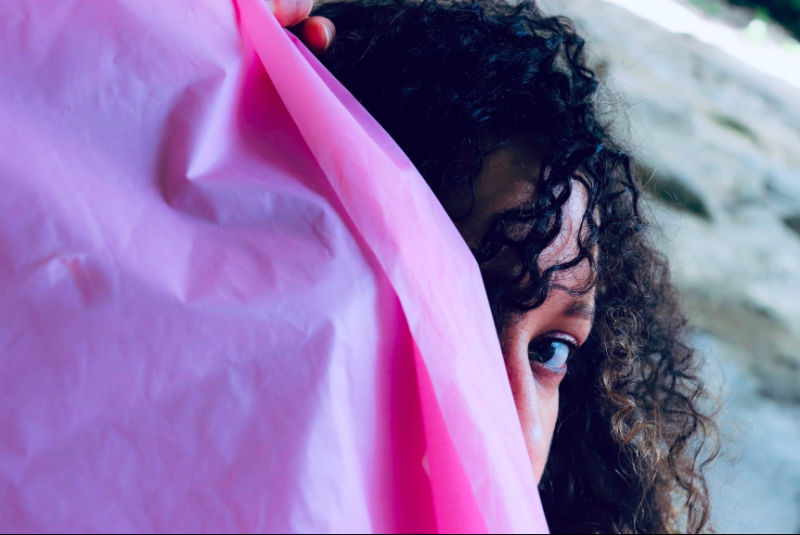
Insecurity takes many forms and shapes: visually, culturally, personally, and within communities. But what is insecurity and how can it be cultivated to produce change?
Riverside Arts Center’s Insecurity: Not Enough Again suggests it is often “a gnawing at the pit of the stomach,” a series of nagging, persistent questions: “Am I enough?” Or, “Will there be enough?”
The Ypsilanti gallery asked artists to consider what insecurity means to them while also partnering with local nonprofits and organizations to address food and housing insecurities in the Washtenaw area.
Riverside’s exhibits frequently pair with broader community organizations, and the Washtenaw County Community and Agency Fair will take place on January 25 from 12-4 pm at the Arts Center and is free to the public. Additionally, on Friday, January 18, Keena Winterzwill will appear at the galleries for a book release and signing, with performances by Jameelski of Breathe Easy Music Group, BMC, Dope Ther@py The Poet, and Joey Crues.
UMMA's "Reflections: An Ordinary Day" explores quotidian moments in Inuit life

What one person might consider an ordinary, everyday scene, another might see as unusual and unique. It all depends on where you live, since cultures evolve in different ways that fit their environments. So, a person from the Caribbean might not recognize something from the Arctic as commonplace and vice versa.
Reflections: An Ordinary Day, an exhibit University of Michigan Museum of Art (UMMA) that features Inuit art, is filled with imagery of everyday tasks and mythologies of people who live in the Far North. But for people who live in the Midwest, these representations are anything but banal or commonplace.
This is the UMMA’s second exhibit of Inuit art and it gives viewers a chance to see even more works gifted by the Power family to the museum. In the newly named Eleanor Noyes Crumpacker Gallery, prints, drawings, and sculptures spanning from the mid-1950s to the 2010s are now on view through May 10, 2020.
The first exhibit, The Power Family Program for Inuit Art: Tillirnanngittuq, focused on the history of the Power family’s collecting and promoting art in the Cape Dorset area. While many of the pieces on display in Reflections: An Ordinary Day are direct promised gifts from the Power Family, others are purchases made possible by the Power Family Program, or gifts by donors such as Katherine Kurtz and Raburn Howland.
Works in the gallery span from the mid-20th century to the early 21st-century and feature Inuit artistic methods of inscription, printmaking, carving, and drawing. UMMA curator Vera Grant notes that the images selected for the exhibition are united in their depictions of “seemingly ordinary” everyday imagery.
This Is America: Tylonn J. Sawyer's "WHITE HISTORY MONTH VOL. 1" at LSA Humanities Gallery
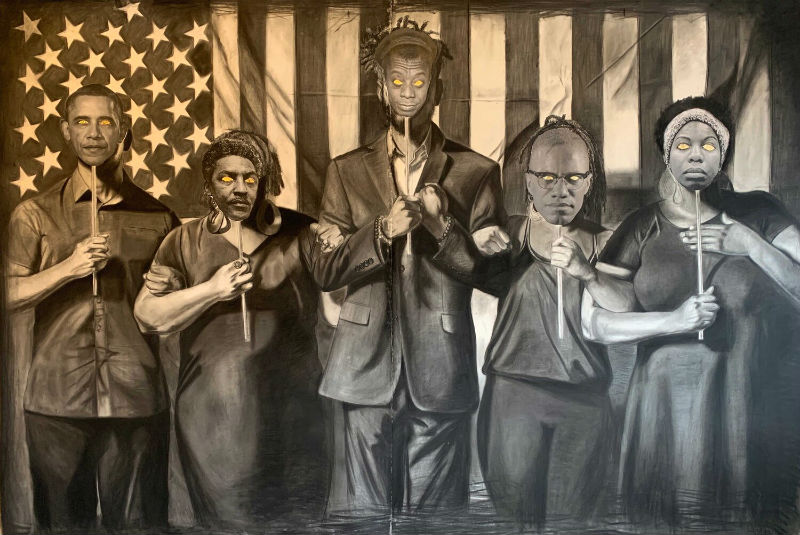
Tylonn J. Sawyer's exhibition WHITE HISTORY MONTH VOL. 1 might not seem to be made for people who ask, “Why don’t we have a White History Month when we have Black History Month?”
But people who ask that question should see this exhibit at the LSA Humanities Gallery at the University of Michigan.
Sawyer is an artist, educator, curator, and activist based in Detroit who tackles difficult questions of race and identity in American culture. He grapples with the "why don't we have" question by representing iconic African-Americans in his show devoted to “white history” by suggesting that white history is inextricably linked to black history in the U.S. He uses varied media in his explorations of identity and race, including drawings on paper, oil paintings, a soundtrack, and a short film.
His works at LSA range from monumental drawings to intimate portraits of influential black women artists. Sawyer disrupts typical histories of the Civil War and its monuments in these bodies of work by referencing the creation and destruction of monuments both in America and throughout known history. He also offers audiences new heroes through Grâce Noire, his series of charcoal and glitter portraits of black women artists, including Faith Ringgold, Kara Walker, Sydney G. James, and Tiff Massey, an interdisciplinary artist based in Detroit.
Interactive Empathy: "Way Opens (Disability Arts and Culture)" at Riverside Arts Center

In its juried exhibition Way Opens (Disability Arts and Culture), Riverside Arts Center asks, “What does ‘disabled’ mean to such a broad range of people who identify as such?”
Works in the show certainly address artists’ personal experiences with disability, but also offer opportunities for audiences to explore what this means interactively, ideally working toward empathy and interrogation into internalized perceptions of disability. Artists in the show grapple with questions of identity and disability, mostly in America, through multimedia installations, interactive exhibits, painting, fiber arts, video, sculpture, and written word.
The Riverside Arts Center gallery space included multiple changes to the layout typically used for a group exhibition. The center space, instead of being open, or containing installations that require physical engagement, contained tables and chairs to allow visitors to sit and enjoy the show from many positions. The gallery’s book of artist statements is printed in large type and, in addition to the usual statements and bios, includes detailed descriptions of each exhibit for visually impaired visitors.
Never-Ending Greatness: Bob Dylan and His Band at Hill Auditorium

On November 6, Bob Dylan visited Hill Auditorium for the 7th time as part of his Never Ending Tour -- 57.5 years after his initial performance in Ann Arbor on April 22, 1962.
The Pulp feature "Highway I-94, M-14 & US-23 Revisted: A Comprehensive History of Bob Dylan in Ann Arbor" noted that this was the legend's 12th concert in town. But unlike his early shows here, which were marked by banter with and by the audience, Dylan's most recent show at Hill Auditorium was defined by his longtime approach to performing: he did not once address the audience verbally, instead only interacting through the music.


































